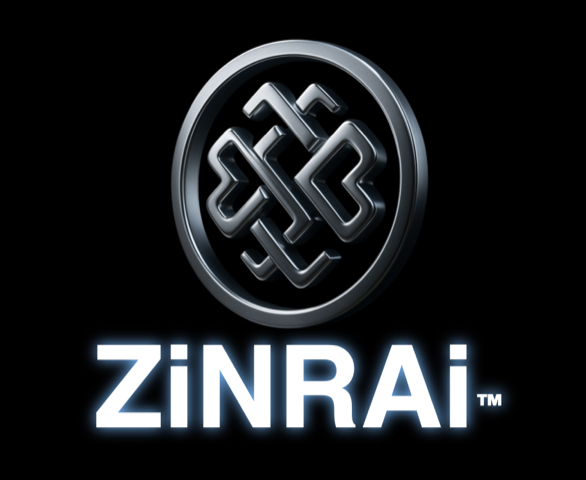For many years, the global shipping industry has relied on outdated technologies, often referred to as legacy systems. Built in different eras for specific purposes, these systems don’t easily communicate with one another. The fragmentation has made the industry slow, inefficient, and susceptible to errors. Even the most vital information is manually moved from one system to another.
A new era of connectivity is now dawning, thanks to the widespread adoption of Application Programming Interfaces, or APIs. These APIs are key to connecting the disparate systems of carriers, ports, customs, and shippers, enabling a new, more integrated way of working. This is creating a new reality where shipping collaborative networks can finally function seamlessly, sharing real-time information with ease.
The move away from rigid, isolated legacy systems and toward flexible, API-driven connectivity is more than just a technological upgrade. It is a fundamental rewiring of the entire shipping industry for innovation across the supply chain.
The Problem with Legacy Systems
The widespread reliance on legacy systems has created deep-rooted problems that hinder the shipping industry’s progress.
#1 Data Silos and Manual Processes
Legacy systems are a primary cause of data silos, where critical information is trapped within one platform and cannot be shared easily with another.
For example, a booking confirmed on a carrier’s system might not automatically update the freight forwarder’s or shipper’s system.
This forces employees to manually re-enter the same information into different platforms, which is time-consuming and a major source of human error at the same time. Even a single typo can lead to significant delays and complications down the line.
#2 Rigidity and Lack of Innovation
These fixed systems are often custom-built and designed for a specific set of functions, making them incredibly rigid. They are difficult and expensive to update, and integrating them with new technologies is nearly impossible without a major overhaul.
This rigidity stifles innovation, as companies are unable to quickly adopt new tools or adapt to changing market demands, leaving them at a competitive disadvantage.
#3 High Maintenance and Operational Costs
Maintaining legacy systems is often a costly and resource-intensive endeavor. They typically require specialized technical support, and the effort needed to keep them running smoothly diverts valuable funds and talent away from more strategic, growth-oriented initiatives.
Instead of investing in new digital services that could improve efficiency and customer experience, companies are stuck spending money just to keep their old systems from failing.
How APIs Work
The shift to an API-driven infrastructure is the most significant step the shipping industry can take toward digital maturity. APIs are the essential tools that are rewiring the entire logistics network.
What is an API
Think of an API as a digital waiter in a restaurant. You, the customer, are an application that wants to get information from another application, the kitchen. You don’t need to go into the kitchen yourself to get the information (which would be like manually accessing the other system).
Instead, you give your request to the waiter (the API). The waiter takes your order to the kitchen, gets the result, and brings it back to you. The waiter acts as the messenger, allowing you to interact with the kitchen’s data and services without ever needing to understand how the kitchen works internally.
Enabling Real-Time Data Exchange
This “digital waiter” model is exactly what allows for real-time data exchange in shipping. When a container is loaded, an API from the carrier’s system can automatically send that update to a shipper’s tracking dashboard.
Similarly, a freight forwarder’s system can use an API to instantly request and receive real-time rate quotes from multiple carriers at once. This automatic, seamless flow of data eliminates manual entry, provides instant updates on bookings and documentation, and ensures everyone in the supply chain is working with the most current information.
Modern, Flexible Architecture
An API-driven infrastructure is also modular and scalable. Instead of a single, rigid system, a company’s digital setup becomes a collection of independent, interconnected modules.
This means a business can easily add new services or integrate with new partners by simply connecting to a new API, without having to rebuild its entire system from scratch.
This flexibility allows companies to innovate faster and adapt to market changes, whether they’re integrating a new customs clearance service or a different tracking platform. It’s the difference between remodeling a house one room at a time versus having to tear down the entire building to add a new window.
Real-World Impact
The move to an API-driven infrastructure is more than just a technical shift. It has a tangible, real-world impact on key players in the shipping industry.
For freight forwarders, APIs are automating the most repetitive and time-consuming tasks. A forwarder can now use an API to instantly pull real-time rates from multiple sources. This frees up their time to focus on what truly matters: providing high-value, personalized services to their clients and solving complex logistics challenges.
Shippers also benefit immensely from APIs. They no longer have to log in to different carrier websites or call multiple agents to check on a shipment. APIs allow them to use a single, unified dashboard to manage all their shipments, regardless of the carrier. This visibility reduces uncertainty and helps them manage inventory more effectively.
APIs are also the essential building blocks for a new generation of digital shipping platforms, creating what’s known as a platform ecosystem. These platforms act as a one-stop shop, connecting various services that were once separate. The single, seamless ecosystem is where data and services are interconnected, making the entire shipping process more efficient and user-friendly.
Conclusion
The transition from isolated legacy systems to an API-driven framework is creating a more interconnected, efficient, and responsive global trade network. In a world where speed and transparency are paramount, APIs are not just a technological tool; they are the essential foundation for a truly rewired shipping industry.












 Bitcoin
Bitcoin  Ethereum
Ethereum  Tether
Tether  XRP
XRP  USDC
USDC  Lido Staked Ether
Lido Staked Ether  TRON
TRON  Cardano
Cardano  Avalanche
Avalanche  Toncoin
Toncoin  Solana
Solana